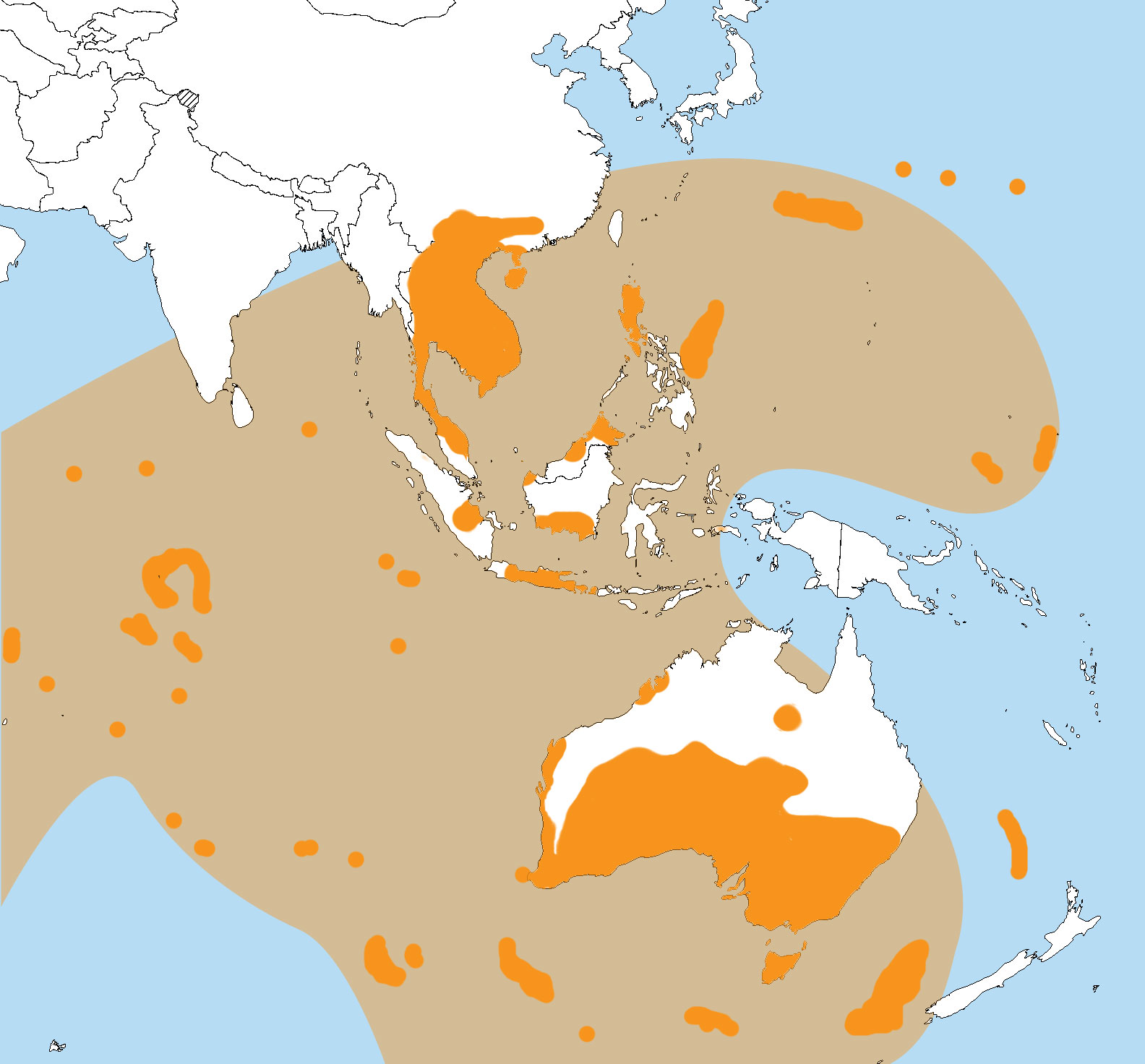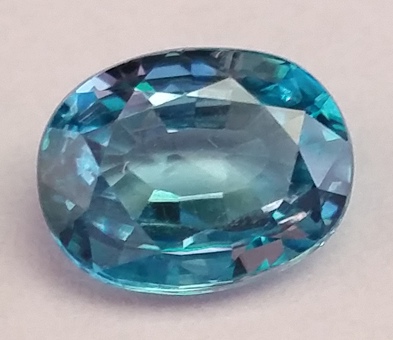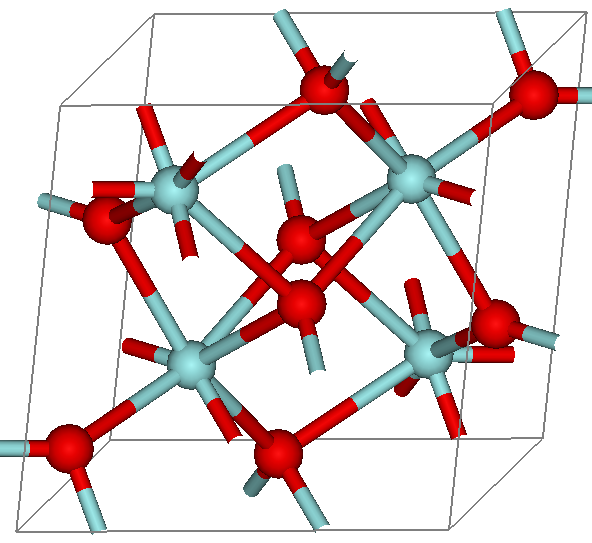|
Tektites
Tektites (from grc, τηκτός , meaning 'molten') are gravel-sized bodies composed of black, green, brown or grey natural glass formed from terrestrial debris ejected during meteorite impacts. The term was coined by Austrian geologist Franz Eduard Suess (1867–1941), son of Eduard Suess. They generally range in size from millimetres to centimetres. Millimetre-scale tektites are known as microtektites.French, B. M. (1998) ''Traces of Catastrophe: A Handbook of Shock-Metamorphic Effects in Terrestrial Meteorite Impact Structures.'' LPI Contribution No. 954. Lunar and Planetary Institute, Houston, Texas. 120 pp.McCall, G. J. H. (2001) ''Tektites in the Geological Record: Showers of Glass from the Sky.'' The Geological Society Publishing House, Bath, United Kingdom. 256 pp. Montanari, A., and C. Koeberl (2000) ''Impact Stratigraphy. The Italian Record.'' Lecture Notes in Earth Sciences Series no. 93. Springer-Verlag, New York, New York. 364 pp. Tektites are characterized by: # ... [...More Info...] [...Related Items...] OR: [Wikipedia] [Google] [Baidu] |
Australasian Strewnfield
The Australasian strewnfield is the youngest and largest of the tektite strewnfields, with recent estimates suggesting it might cover 10%–30% of the Earth's surface.Glass, B.P. and Wu, J., 1993. ''Coesite and shocked quartz discovered in the, Australasian and North American, microtektite layers.'' ''Geology'', 21(5), pp.435-438.Prasad, M.S., Gupta, S.M. and Kodagali, V.N., 2003. ''Two layers of Australasian impact ejecta in the Indian Ocean?.'' ''Meteoritics & Planetary Science'', 38(9), pp.1373-1381.Prasad, M.S., Mahale, V.P. and Kodagali, V.N., 2007. ''New sites of Australasian microtektites in the central Indian Ocean: Implications for the location and size of source crater.'' ''Journal of Geophysical Research: Planets'', 112, no. E06007, 11 pp. Research indicates that the impact forming the tektites occurred around 788,000 years ago, most likely in Southeast Asia.Jourdan, F., Nomade, S., Wingate, M.T., Eroglu, E. and Deino, A., 2019. ''Ultraprecise age and formation temperatur ... [...More Info...] [...Related Items...] OR: [Wikipedia] [Google] [Baidu] |
Australite Tektite Shallow Bowl
Australites are tektites found in Australia. They are mostly dark or black, and have shapes including discs and bowls that are not seen in other tektites. NASA used the shape of "flanged button" australites in designing re-entry modules for the Apollo program in the 1960s. History Indigenous Australians termed australites ''ooga'' ("staring eyes"), and they were used as sacred objects or as cutting tools. Europeans found out about australites in 1857, when explorer Thomas Mitchell gave naturalist Charles Darwin a mysteriously shaped piece of natural black glass. Darwin thought that australites were of volcanic origin due to their similarity to obsidian, volcanic glass. Later, australites were called ''blackfellows' buttons'' and ''obsidian bombs''. One of the first scientists to seriously study australites was Charles Fenner, who saw his first australite in 1907. He believed that australites were glass meteorites. Origin Early theories about the source of australites included v ... [...More Info...] [...Related Items...] OR: [Wikipedia] [Google] [Baidu] |
Glass
Glass is a non-crystalline, often transparent, amorphous solid that has widespread practical, technological, and decorative use in, for example, window panes, tableware, and optics. Glass is most often formed by rapid cooling (quenching) of the molten form; some glasses such as volcanic glass are naturally occurring. The most familiar, and historically the oldest, types of manufactured glass are "silicate glasses" based on the chemical compound silica (silicon dioxide, or quartz), the primary constituent of sand. Soda–lime glass, containing around 70% silica, accounts for around 90% of manufactured glass. The term ''glass'', in popular usage, is often used to refer only to this type of material, although silica-free glasses often have desirable properties for applications in modern communications technology. Some objects, such as drinking glasses and eyeglasses, are so commonly made of silicate-based glass that they are simply called by the name of the material. Despite bei ... [...More Info...] [...Related Items...] OR: [Wikipedia] [Google] [Baidu] |
Meteorite Impact
An impact event is a collision between astronomical objects causing measurable effects. Impact events have physical consequences and have been found to regularly occur in planetary systems, though the most frequent involve asteroids, comets or meteoroids and have minimal effect. When large objects impact terrestrial planets such as the Earth, there can be significant physical and biospheric consequences, though atmospheres mitigate many surface impacts through atmospheric entry. Impact craters and structures are dominant landforms on many of the Solar System's solid objects and present the strongest empirical evidence for their frequency and scale. Impact events appear to have played a significant role in the evolution of the Solar System since its formation. Major impact events have significantly shaped Earth's history, and have been implicated in the formation of the Earth–Moon system. Impact events also appear to have played a significant role in the evolutionary history ... [...More Info...] [...Related Items...] OR: [Wikipedia] [Google] [Baidu] |
Strewn Field
The term strewn field indicates the area where meteorites from a single fall are dispersed. It is also often used for the area containing tektites produced by large meteorite impact.''Tektites in the geological record: showers of glass from the sky''. Gerald Joseph Home McCall. Geological Society of London, 2001page 10/ref> Formation There are two strewnfield formation mechanisms: # Mid-air fragmentation: when a large meteoroid enters the atmosphere it often fragments into many pieces before touching the ground due to thermal shock. This mid-air explosion disperses material over a large oval-shaped area. The long axis of this oval is along the flight path of the meteoroid. When multiple-explosions occur, the material can be found in several overlapping ovals. # Impact fragmentation: when there is almost no mid-air fragmentation the fragmentation can occur upon impact. In this case the strewnfield shape can be different, usually circular. (e.g. Canyon Diablo at Meteor Crater; Austra ... [...More Info...] [...Related Items...] OR: [Wikipedia] [Google] [Baidu] |
Zircon
Zircon () is a mineral belonging to the group of nesosilicates and is a source of the metal zirconium. Its chemical name is zirconium(IV) silicate, and its corresponding chemical formula is Zr SiO4. An empirical formula showing some of the range of substitution in zircon is (Zr1–y, REEy)(SiO4)1–x(OH)4x–y. Zircon precipitates from silicate melts and has relatively high concentrations of high field strength incompatible elements. For example, hafnium is almost always present in quantities ranging from 1 to 4%. The crystal structure of zircon is tetragonal crystal system. The natural color of zircon varies between colorless, yellow-golden, red, brown, blue, and green. The name derives from the Persian ''zargun'', meaning "gold-hued". This word is corrupted into "jargoon", a term applied to light-colored zircons. The English word "zircon" is derived from ''Zirkon'', which is the German adaptation of this word. Yellow, orange, and red zircon is also known as "hyacinth", ... [...More Info...] [...Related Items...] OR: [Wikipedia] [Google] [Baidu] |
Shocked Quartz
Shocked quartz is a form of quartz that has a microscopic structure that is different from normal quartz. Under intense pressure (but limited temperature), the crystalline structure of quartz is deformed along planes inside the crystal. These planes, which show up as lines under a microscope, are called planar deformation features (PDFs), or shock lamellae. Discovery Shocked quartz was discovered following underground nuclear weapons testing, which generated the intense pressures required to alter the quartz lattice. Eugene Shoemaker showed that shocked quartz is also found inside craters created by meteor impact, such as the Barringer Crater and Chicxulub crater. The presence of shocked quartz supports that such craters were formed by impact, because a volcanic eruption would not generate the required pressure. Lightning is now known to contribute to the surface record of shocked quartz grains, complicating identification of hypervelocity impact features. Formation Shocked q ... [...More Info...] [...Related Items...] OR: [Wikipedia] [Google] [Baidu] |
Quartz
Quartz is a hard, crystalline mineral composed of silica (silicon dioxide). The atoms are linked in a continuous framework of SiO4 silicon-oxygen tetrahedra, with each oxygen being shared between two tetrahedra, giving an overall chemical formula of SiO2. Quartz is the second most abundant mineral in Earth's continental crust, behind feldspar. Quartz exists in two forms, the normal α-quartz and the high-temperature β-quartz, both of which are chiral. The transformation from α-quartz to β-quartz takes place abruptly at . Since the transformation is accompanied by a significant change in volume, it can easily induce microfracturing of ceramics or rocks passing through this temperature threshold. There are many different varieties of quartz, several of which are classified as gemstones. Since antiquity, varieties of quartz have been the most commonly used minerals in the making of jewelry and hardstone carvings, especially in Eurasia. Quartz is the mineral defining the val ... [...More Info...] [...Related Items...] OR: [Wikipedia] [Google] [Baidu] |
Apatite
Apatite is a group of phosphate minerals, usually hydroxyapatite, fluorapatite and chlorapatite, with high concentrations of OH−, F− and Cl− ions, respectively, in the crystal. The formula of the admixture of the three most common endmembers is written as Ca10( PO4)6(OH,F,Cl)2, and the crystal unit cell formulae of the individual minerals are written as Ca10(PO4)6(OH)2, Ca10(PO4)6F2 and Ca10(PO4)6Cl2. The mineral was named apatite by the German geologist Abraham Gottlob Werner in 1786, although the specific mineral he had described was reclassified as fluorapatite in 1860 by the German mineralogist Karl Friedrich August Rammelsberg. Apatite is often mistaken for other minerals. This tendency is reflected in the mineral's name, which is derived from the Greek word ἀπατάω (apatáō), which means ''to deceive''. Geology Apatite is very common as an accessory mineral in igneous and metamorphic rocks, where it is the most common phosphate mineral. However, occu ... [...More Info...] [...Related Items...] OR: [Wikipedia] [Google] [Baidu] |
Chromite
Chromite is a crystalline mineral composed primarily of iron(II) oxide and chromium(III) oxide compounds. It can be represented by the chemical formula of FeCr2O4. It is an oxide mineral belonging to the spinel group. The element magnesium can substitute for iron in variable amounts as it forms a solid solution with magnesiochromite (MgCr2O4). A substitution of the element aluminium can also occur, leading to hercynite (FeAl2O4). Chromite today is mined particularly to make stainless steel through the production of ferrochrome (FeCr), which is an iron-chromium alloy. Chromite grains are commonly found in large mafic igneous intrusions such as the Bushveld in South Africa and India. Chromite is iron-black in color with a metallic luster, a dark brown streak and a hardness on the Mohs scale of 5.5. Properties Chromite minerals are mainly found in mafic-ultramafic igneous intrusions and are also sometimes found in metamorphic rocks. The chromite minerals occur in layered format ... [...More Info...] [...Related Items...] OR: [Wikipedia] [Google] [Baidu] |
Coesite
Coesite is a form ( polymorph) of silicon dioxide Si O2 that is formed when very high pressure (2–3 gigapascals), and moderately high temperature (), are applied to quartz. Coesite was first synthesized by Loring Coes Jr., a chemist at the Norton Company, in 1953.The word "coesite" is pronounced as "Coze-ite" after chemist Loring Coes Jr. Occurrences In 1960, a natural occurrence of coesite was reported by Edward C. T. Chao, in collaboration with Eugene Shoemaker, from Barringer Crater, in Arizona, US, which was evidence that the crater must have been formed by an impact. After this report, the presence of coesite in unmetamorphosed rocks was taken as evidence of a meteorite impact event or of an atomic bomb explosion. It was not expected that coesite would survive in high pressure metamorphic rocks. In metamorphic rocks, coesite was initially described in eclogite xenoliths from the mantle of the Earth that were carried up by ascending magmas; kimberlite is the most comm ... [...More Info...] [...Related Items...] OR: [Wikipedia] [Google] [Baidu] |
Baddeleyite
Baddeleyite is a rare zirconium oxide mineral (ZrO2 or zirconia), occurring in a variety of monoclinic prismatic crystal forms. It is transparent to translucent, has high indices of refraction, and ranges from colorless to yellow, green, and dark brown. See etymology below. Baddeleyite is a refractory mineral, with a melting point of 2700 °C. Hafnium is a substituting ''impurity'' and may be present in quantities ranging from 0.1 to several percent. It can be found in igneous rocks containing potassium feldspar and plagioclase. Baddeleyite is commonly not found with zircon (ZrSiO4), because it forms in silica-undersaturated rocks, such as mafic rocks. This is because, when silica is free in the system (silica-saturated/oversaturated), zircon is the dominating phase, not baddeleyite. It belongs to the monoclinic-prismatic class, of the P21/c crystal system. It has been used for geochronology. Geologic occurrence Baddeleyite was first found in Sri Lanka in 1892. It can b ... [...More Info...] [...Related Items...] OR: [Wikipedia] [Google] [Baidu] |










